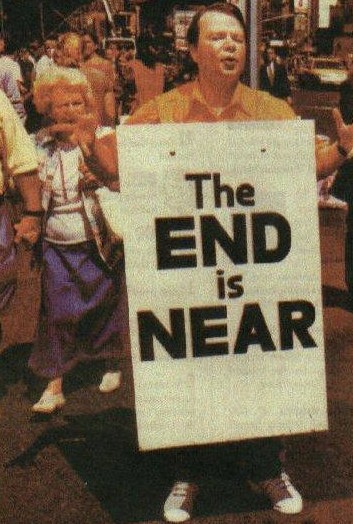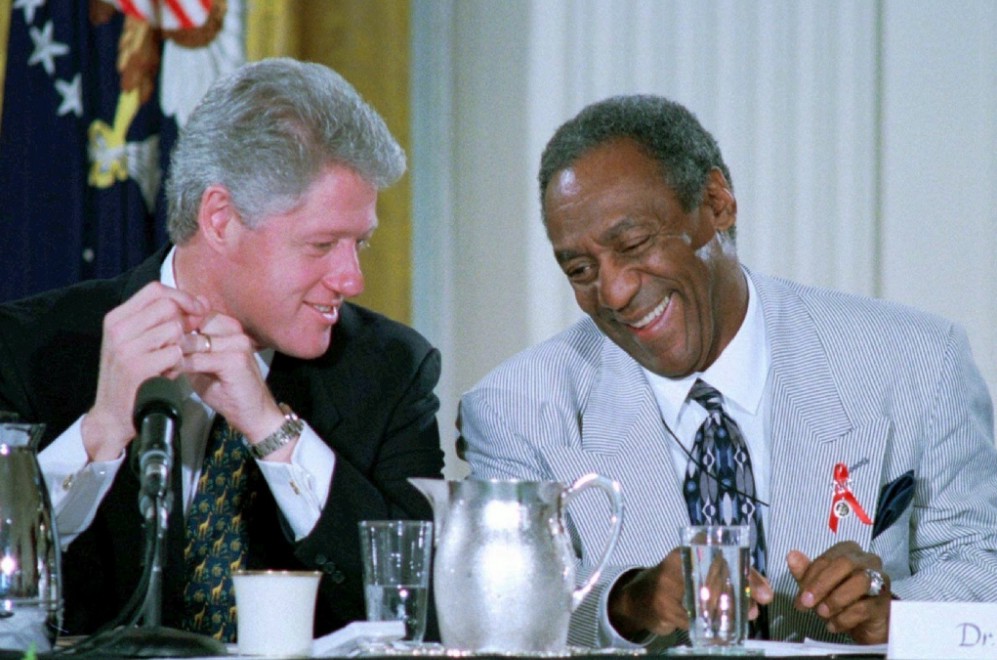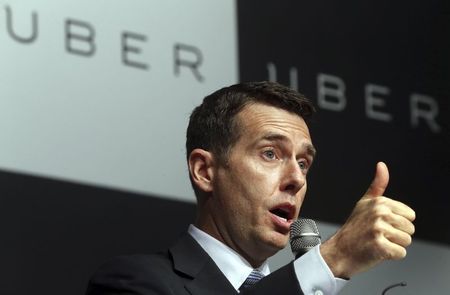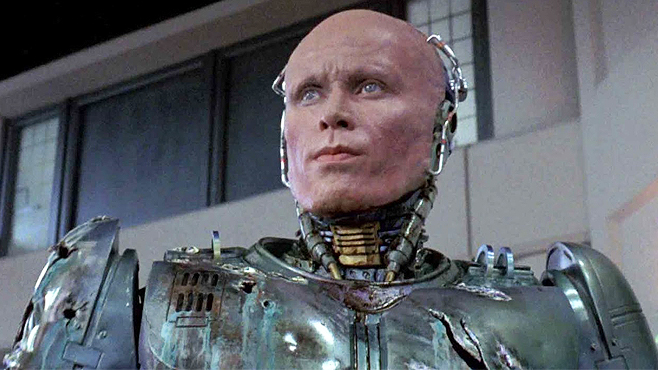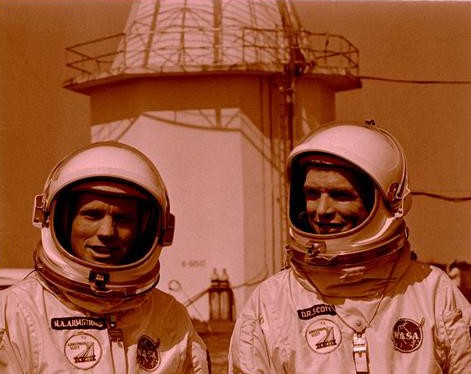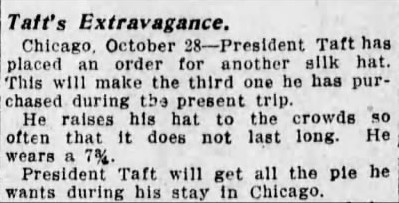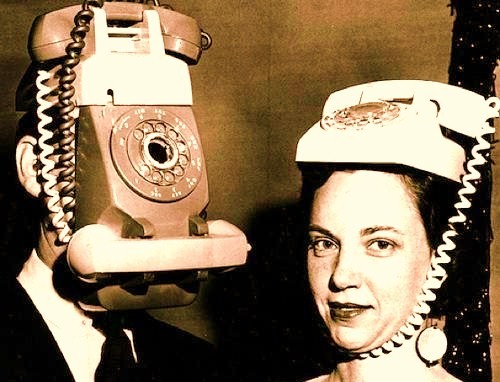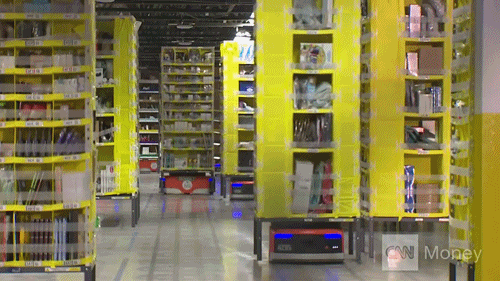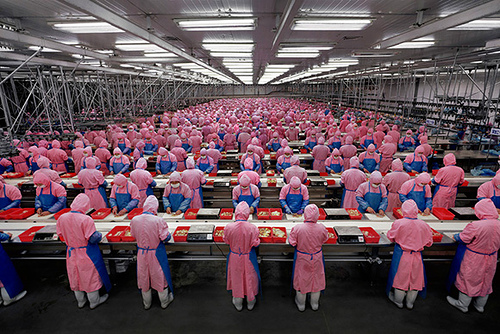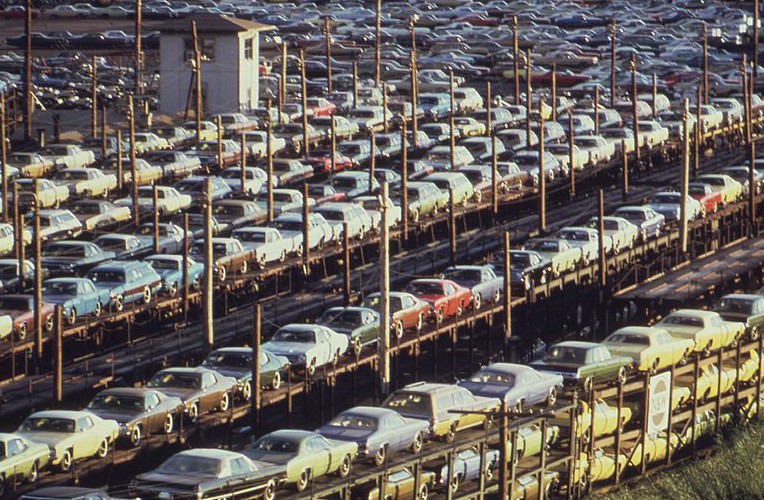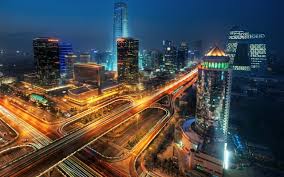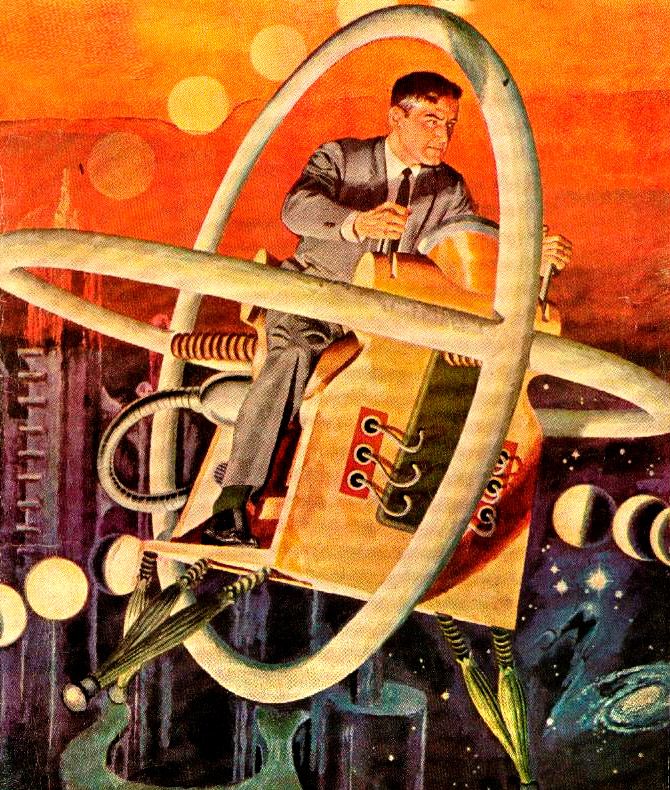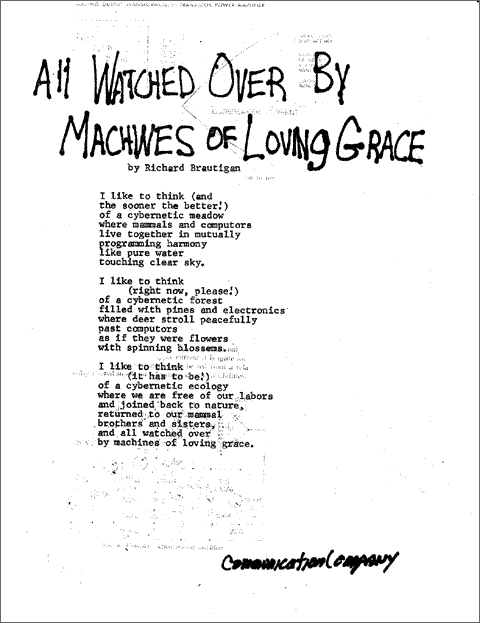The world is richer and smarter and healthier than ever, which is great, except that many of the forces that enabled these wonderful advances may also bring about the end of the species or at least cause an unprecedented die-off and severely diminish life for the “lucky” survivors. That’s the catch.
In an Economist essay, Christoph Rheinberger and Nicolas Treich write of the ineffectiveness of traditional tools in assessing the cost of a potential climate-change disaster, which hampers attempts to mitigate risks, the unimaginable being incalculable. An excerpt:
Interestingly, the Pope’s letter recognises that “decisions must be made based on a comparison of the risks and benefits foreseen for the various possible alternatives”.
However, estimating these benefits means that we need to determine the value of a reduction in preventing a possible future catastrophic risk. This is a thorny task. Martin Weitzman, an economist at Harvard University, argues that the expected loss to society because of catastrophic climate change is so large that it cannot be reliably estimated. A cost-benefit analysis—economists’ standard tool for assessing policies—cannot be applied here as reducing an infinite loss is infinitely profitable. Other economists, including Kenneth Arrow of Stanford University and William Nordhaus of Yale University, have examined the technical limits of Mr Weitzman’s argument. As the interpretation of infinity in economic climate models is essentially a debate about how to deal with the threat of extinction, Mr Weitzman’s argument depends heavily on a judgement about the value of life.
Economists estimate this value based on people’s personal choices: we purchase bicycle helmets, pay more for a safer car, and receive compensation for risky occupations. The observed trade-offs between safety and money tell us about society’s willingness to pay for a reduction in mortality risk. Hundreds of studies indicate that people in developed countries are collectively willing to pay a few million dollars to avoid an additional statistical death. For example, America’s Environmental Protection Agency recommends using a value of around $8m per fatality avoided. Similar values are used to evaluate vaccination programmes and prevention of traffic accidents or airborne diseases.
Mr Posner multiplies the value of life by an estimate of Earth’s future population and obtains an illustrative figure of $336m billion as the cost of human extinction. Nick Bostrom, a philosopher at Oxford University, argues that this approach ignores the value of life of unborn generations and that the tentative figure should be much larger—perhaps infinitely so.•


